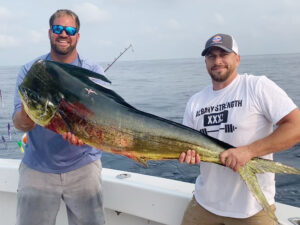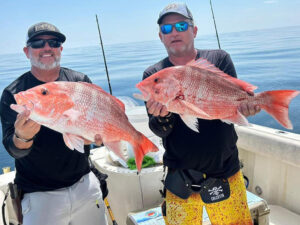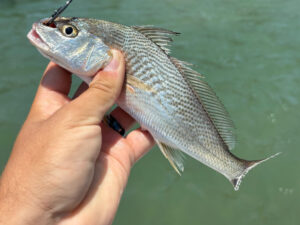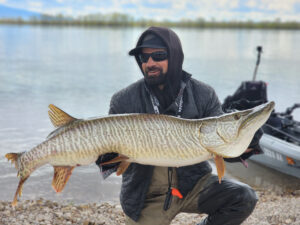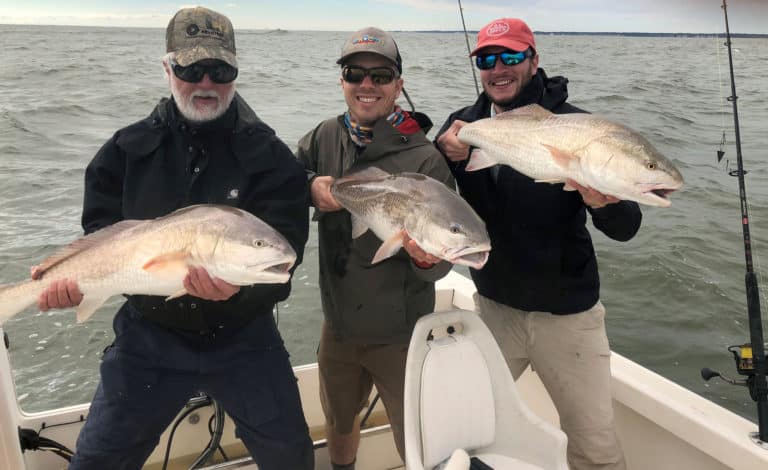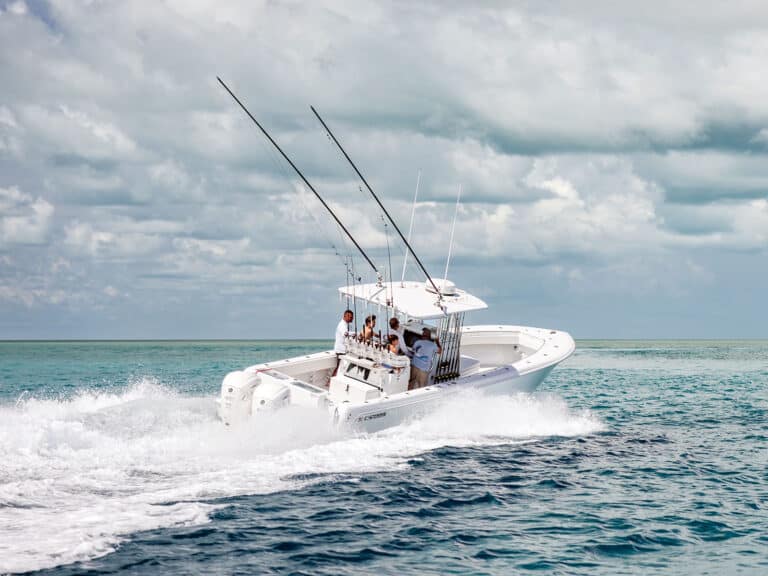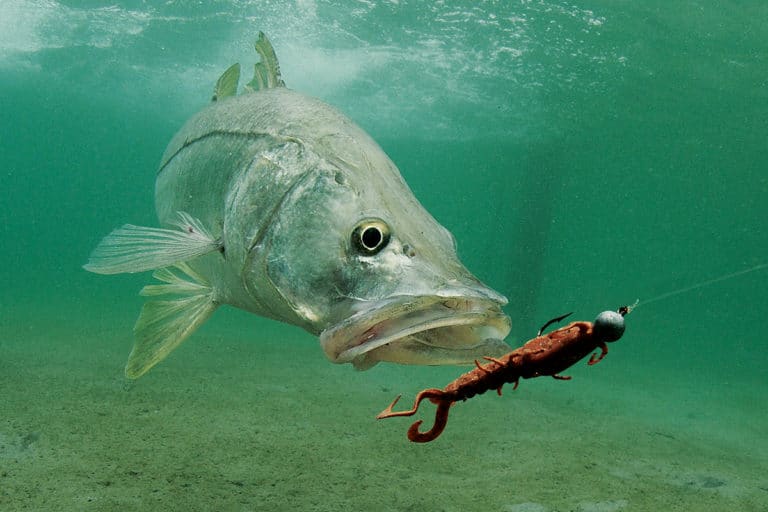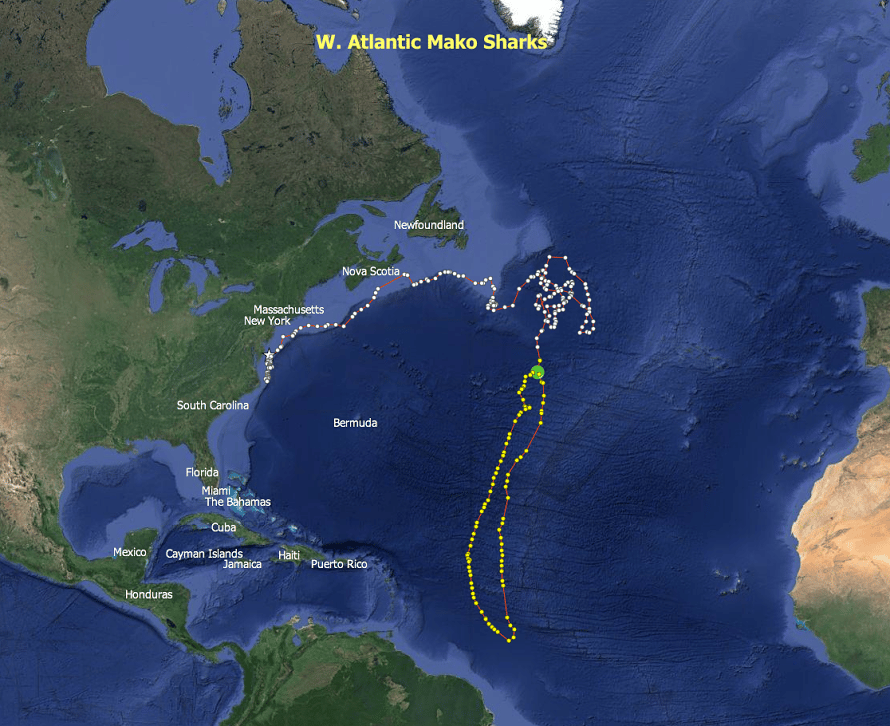
shark mp
Two sharks. Two species. And two different journeys that have kept marine scientists closely monitoring the migrations of these satellite tagged sharks for months—one for its place in history and the second for the way it continues to make history.
“Beamer”, a 200-pound blue shark, was caught by Blue Fin IV captained by Michael Potts last year off Montauk, New York during the nation’s first catch-satellite tag-and- all-release shark tournament named Shark’s Eye. Beamer made history that day last July when he was fitted with a SPOT (Smart Position Or Temperature) Tag and released. In fact, there were 64 sharks caught and released during Shark’s Eye, 33 makos and 31 blues. None were killed. (Shark’s Eye All-Release Tournament & Festival is returning to Montauk July 11-13.)
Beamer, whose track was followed by scientists as well as the six-grade students at Montauk Public School that named him, covered over 8,000 miles on a path that took him north to Maine and then south towards South America into the Caribbean Sea, where his transmissions last pinged on land in Costa Rica—a scientific journey’s end with his recent catch presumably by fishermen.
“I-NSU”, a shortfin mako shark SPOT tagged about a year ago by the Guy Harvey Research Institute team at Nova Southeastern University off Ocean City, Maryland, continues to amaze researchers.
After heading north off the coast of Nova Scotia, I-NSU began tracking a highly unusual, virtually straight beeline south past Puerto Rico and off the coast of Venezuela. He then made a tight turn and has headed north, replicating nearly the same path—a straight down and up journey of some 2,000 miles that is part of almost 10,000 miles of travel in eleven months so far.
Dr. Mahmood Shivji, Director of Nova Southeastern University’s Guy Harvey Research Institute (GHRI) and Save our Seas Research Center, whose team is currently tacking nearly two dozen mako sharks, admits he’s puzzled by I-NSU’s long, vertical journey.
“We are watching this one very closely,” he said. Though many tagged sharks do traverse thousands of miles, most often in irregular patterns, sometimes even crossing over previous tracks and frequently changing directions. I-NSU seems to be on a unique path that we haven’t seen before.”
Shivji and his GHRI team over the course of several years have satellite tagged and tracked several species of sharks. GHRI and other shark research organization utilize special satellite-linked tag devices allowing researchers to monitor their movements. The GHRI team, for example, has a particular interest in mako shark behavior and conservation. In addition to being the NSU athletics mascot, this fast swimming species is also under heavy fishing pressure. In fact, three of the nine mako sharks GHRI started tracking in 2013 were captured in commercial longline fisheries.
One of these sharks, a mako named JoAnn tagged off Isla Mujeres, Mexico, carried the SPOT tag for 297 days before she was taken by a commercial longline fishing vessel. In the short time that she carried her tag, JoAnn provided researchers with very valuable data about her migration patterns. In almost nine months, she traveled 6,500 miles around the western Caribbean and Gulf of Mexico, utilizing the federal waters of seven different nations, yet returned to almost the exact spot where she was tagged. JoAnn’s track illustrates that this fishery cannot be managed by a single country; their management and conservation must be a collaborative, multi-national effort.
The public can follow I-NSU and other tagged shark movements in near real-time courtesy of an interactive online website set-up by GHRI: www.ghritracking.org.
The website is an educational outreach component of the institute’s quest to study shark migration patterns, with the ultimate goal being to better understand and protect them, as some species are threatened or endangered.
**For more about the Guy Harvey Research Institute at NSU: **http://www.nova.edu/ocean/ghri/index.html

